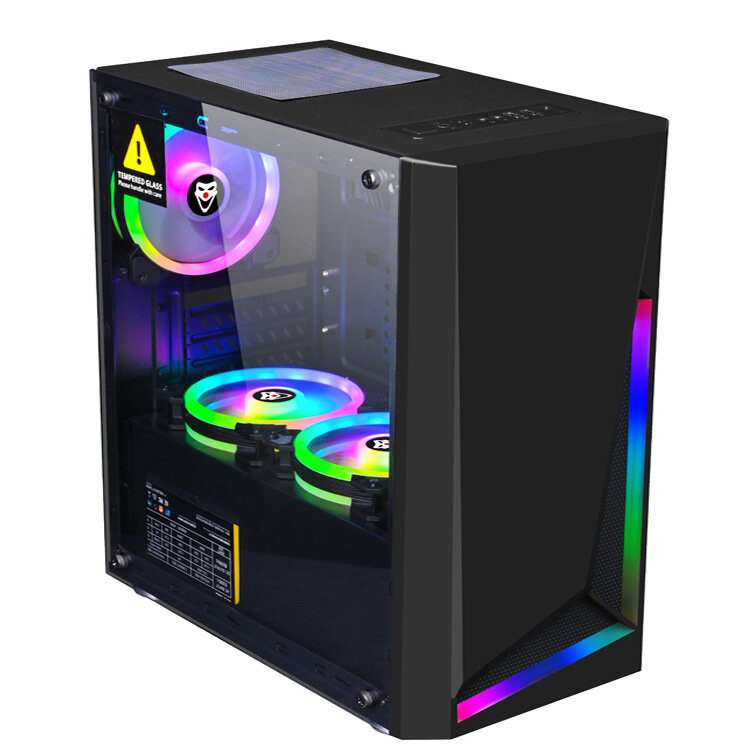TheMachine
Mongoose
But this leads me immediately to 2 follow-on questions -
1. How is the "ship systems" part of the power requirements divided up between the various components it encompasses?
We know from the 2e core rulebook that you can reduce this by powering down non-essential systems, like "the chicken soup dispenser on deck C", and this halves power requirements (that seems a bit high, but good for playability). Is this as far as we want to go with this? What about lighting? Probably not covered under "non-essential" but could also be powered down. What about heating? What about switching even oxygen processing off - just temporarily? Which brings me to...
2. How long would it take a ship with heating turned off to get dangerously cold, and how long could a crew survive on just the oxygen they have? Obviously this will depend on the ship (and, in the second case, the crew), but how could we calculate (or, rather, quickly guesstimate) it?
1. How is the "ship systems" part of the power requirements divided up between the various components it encompasses?
We know from the 2e core rulebook that you can reduce this by powering down non-essential systems, like "the chicken soup dispenser on deck C", and this halves power requirements (that seems a bit high, but good for playability). Is this as far as we want to go with this? What about lighting? Probably not covered under "non-essential" but could also be powered down. What about heating? What about switching even oxygen processing off - just temporarily? Which brings me to...
2. How long would it take a ship with heating turned off to get dangerously cold, and how long could a crew survive on just the oxygen they have? Obviously this will depend on the ship (and, in the second case, the crew), but how could we calculate (or, rather, quickly guesstimate) it?

